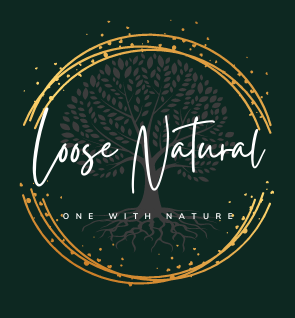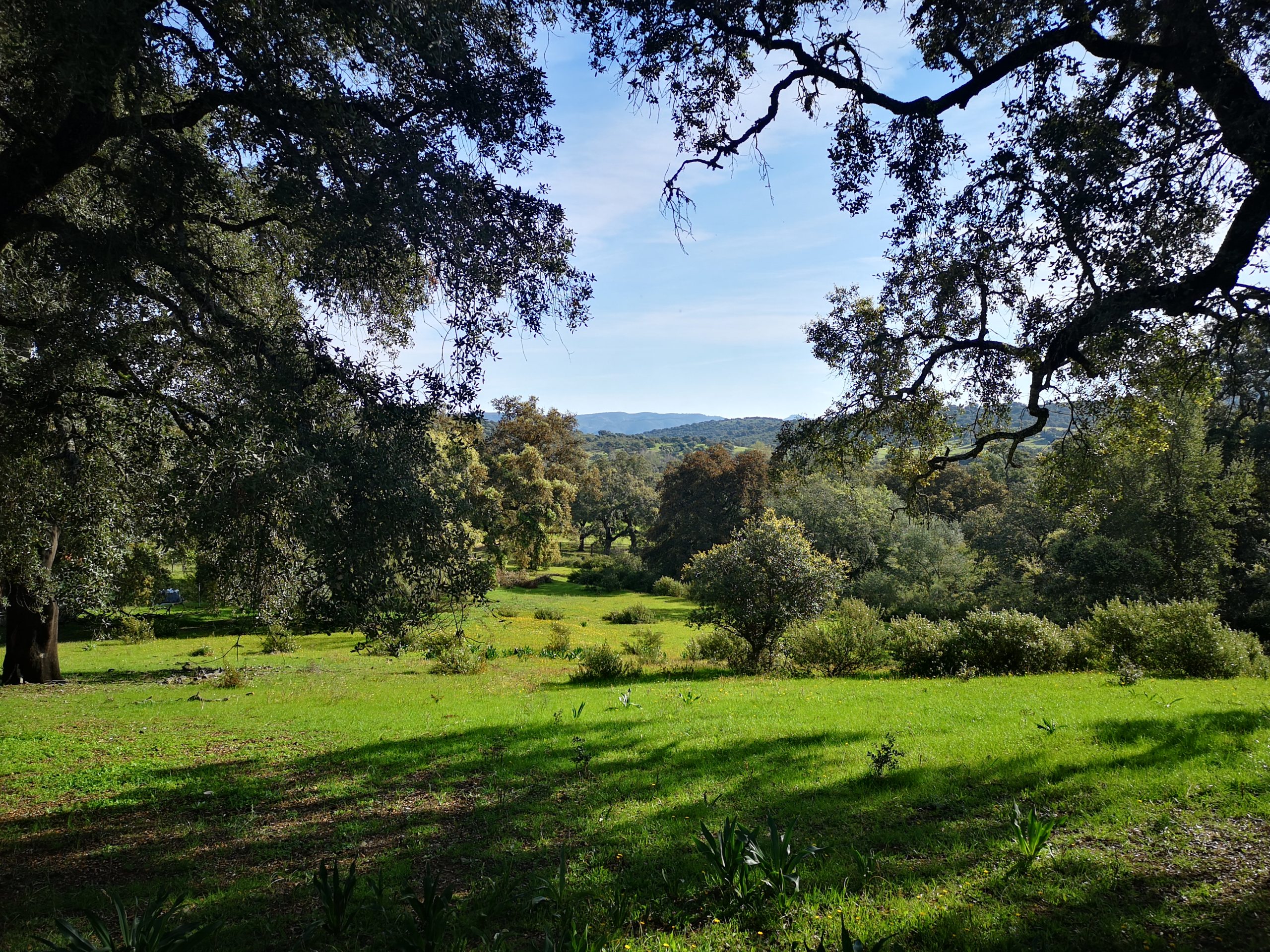A simple start is the incorporation of permaculture principles into home gardening as collectively achieving ecological and food justice can and will begin with small steps.
The aim is to live bioregional, that means to live in place:
– We are aware of and consider the ecological needs of our environments, whether terrestrial or communal.
– We nourish the Earth rather than deplete it.
– We grow and eat with an awareness of natural ecosystems and natively thriving plants.
– We grow with the Earth rather than against it.
– We abide with our community rather than separate from it.
Our backyard gardens are ideal places to start listening to the Earth and nourishing our (and our community’s) bodies. We can thoroughly enjoy the Earth’s fruits that are grown in harmony rather than opposition to it, by practicing permaculture, and what we aren’t able to consume, we can give away to our neighbors or return to the soil.
Some ideas for incorporating permaculture into your backyard or home garden:
1. Improve your soil! Instead of tilling, feed your garden beds with cardboard or yard leaves/grass clippings. Permaculture teaches us that every stage of the life cycle is important, and that soil is alive, so we must nourish it rather than suffocate or deplete it.
2. Do plant perennials! Unlike annuals, perennials, especially when planting plants to balance the garden ecosystem, as they do not deplete soil nutrients and do not require starting from seed over and over. Kale, garlic, rhubarb, chives, asparagus, and artichokes are just a few examples.
a. Remember that “perennial” does not imply “no care required”!
b. Because perennials grow differently than many crops favored by modern industrial agriculture, many of these plants have been lost to history or are only occasionally found in grocery stores. Don’t be afraid to experiment with new vegetables!
3. Mulch, mulch, mulch! Mulch is the ultimate soil protector, protecting it from drying out and from erosion, protecting essential microorganisms and insects, and retains soil moisture. Here’s a quick primer on permaculture mulching in the garden.
a. Use organic lawn materials such as grass clippings, leaves, pine needles, fallen branches, twigs, bark, and (in some cases) rocks.
b. Look for local byproducts (which are frequently free): sawdust, woodchips, grain husks
c. Create a three-inch-thick layer, then repeat!
4. Create a unique (no-row) space! Gardening and farming in plowed rows discourage natural plant thriving, even visually as planted rows mean empty rows between them. Instead of that it is beneficial to mix tall and short plants, allow vines to grow up corn stalks, and plant with curves to maximize garden space and ensure healthy microclimates for your plants.
5. Don’t squander your time! Permaculture thrives on a closed-loop system, in which all waste (output) is reintegrated as resources (input) to ensure the growing system’s dynamism and energy efficiency. This includes harvesting seeds, using weeds to rebuild soil, composting and other activities.
These are just some pointers for newcomers! Listening and paying attention to the land on which we live is at the heart of permaculture and bioregionalism, rather than forcing our thoughts and desires onto the land or into our communities. This type of listening can be practiced anywhere and at any time.
At LooseNatural, you will get to learn how to grow and nurture plants in the backyard or at your farm. Permaculture way is an amazing and sustainable way to begin a business. Enroll in the LooseNatural course of Permaculture and begin your journey in permaculture.

